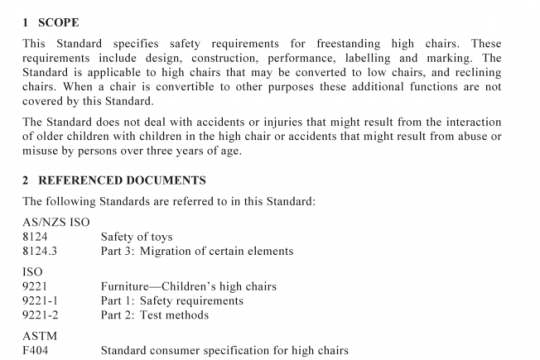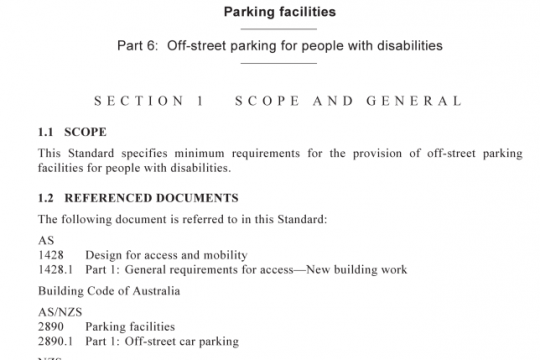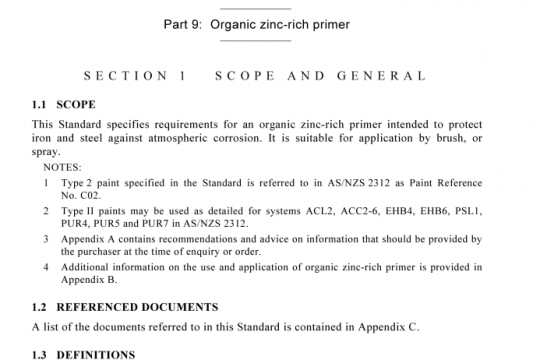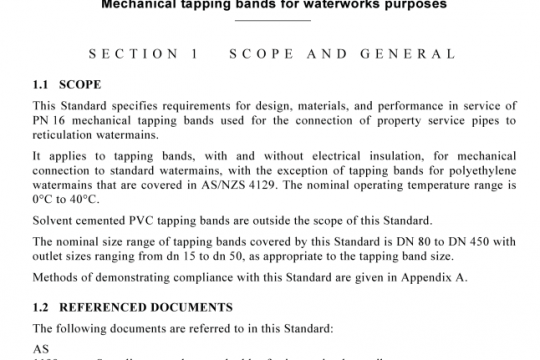AS NZS 3629.11:2013 pdf free
AS NZS 3629.11:2013 pdf free.Methods of testing child restraints
This test method is based on testing helmets as the helmet test methods may assist in conducting this test procedure.
The procedure shall be as follows:
(a) Determination of test sites:
(i) Position the child restraint on the test seat as specified in Clause 7(a) of AS/NZS 3629.1:2013 and shown in Figure 1 of AS/NZS 3629.1:2013.
(ii) Select the largest appropriate test dummy, specified in the requirements of AS/NZS 1754:2013, Table 5.1,Sideways with door, for dynamic testing. Record the test dummy selected.
(iii) Install the child restraint on the test seat, as specified in the manufacturer’s instructions, and correctly position the appropriate test dummy into the restraint.
(iv) Move the test dummy’s head in the direction of a 90° sideways impact and determine the contact between the head and head restraint and mark the centre of the position of the head to create the impact point.
NOTE: If the exact location cannot be determined the laboratory may estimate the contact site.
(b) Impact energy attenuation:
(i) Position the headform such that the impact point with the test site corresponds within a 15 mm radius from the intersection of the mid sagittal and transverse planes at the crown of the headform. See Figure 3.
(ii) Using the test headform and drop assembly, verify that the apparatus functions in accordance with Clause 6.
(iii) Ensure that the laboratory conditions are as specified in AS/NZS 2512.2.
(iv) Prepare the child restraint so that the headform can strike the surface required.This will mean removing the opposite side structure. In sectioning the child restraint, as much as possible of the backrest shall remain unmodified.
(v) Position the specimen on the test anvil in a position where the back of the structure sits on the anvil and the headform aligns with the dummy’s head position identified in Step (a)(iv). Secure the sectioned child restraint so that it is stable preventing it from moving during the set-up and dropping of the headform. Tape or EPS supports may be used to secure the sectioned test specimen in place, but shall not interfere with the drop assembly. Figure 3 shows examples of positioning the test specimen on the test anvil and shows the alignment of the headform in order to contact the impact location determined in Step 8(a)(iv). AS NZS 3629.11 pdf free download.




